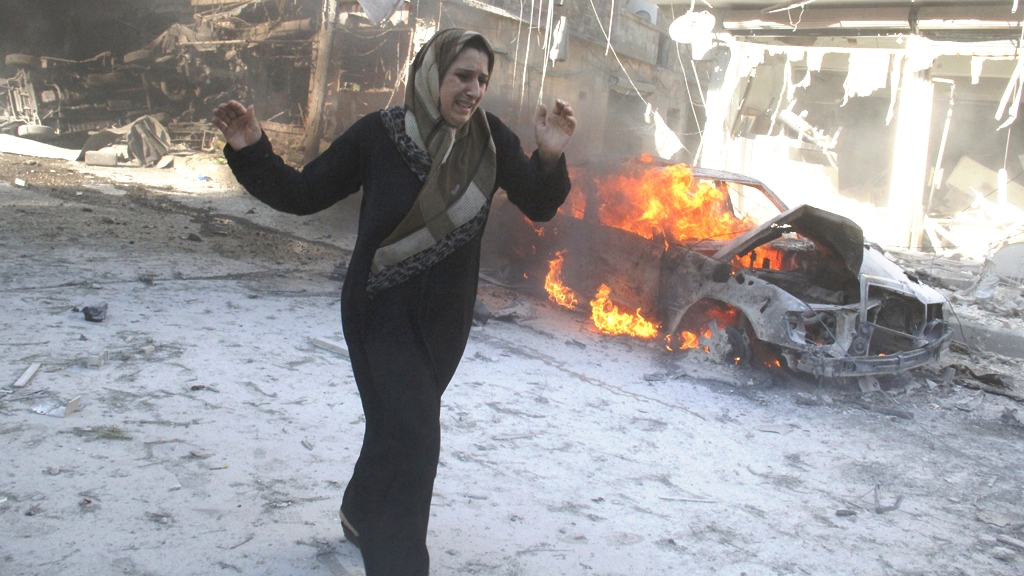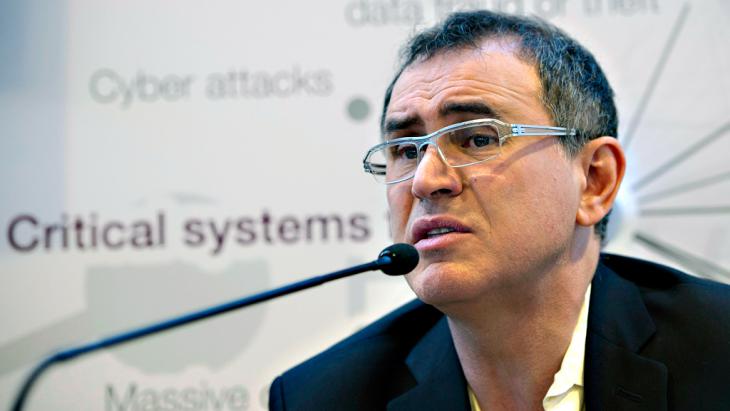A region in flames

Of the three initial Arab Spring countries, Libya has become a failed state, Egypt has returned to authoritarian rule, and Tunisia is being economically and politically destabilised by terrorist attacks. The violence and instability of North Africa is now spreading into sub-Saharan Africa, with the Sahel – one of the world′s poorest and most environmentally damaged regions – now gripped by jihadism, which is also seeping into the Horn of Africa to its east. And, as in Libya, civil wars are raging in Iraq, Syria, Yemen, and Somalia, all of which increasingly look like failed states.
The region′s turmoil (which the United States and its allies, in their pursuit of regime change in Iraq, Libya, Syria, Egypt and elsewhere, helped to fuel) is also undermining previously secure states. The influx of refugees from Syria and Iraq is destabilising Jordan, Lebanon, and now even Turkey, which is becoming increasingly authoritarian under President Recep Tayyip Erdogan. Meanwhile, with the conflict between Israel and the Palestinians unresolved, Hamas in Gaza and Hezbollah in Lebanon represent a chronic threat of violent clashes with Israel.
War of proxies
In this fluid regional environment, a great proxy struggle for regional dominance between Sunni Saudi Arabia and Shia Iran is playing out violently in Iraq, Syria, Yemen, Bahrain, and Lebanon. And while the recent nuclear deal with Iran may reduce the proliferation risk, the lifting of economic sanctions on Iran will provide its leaders with more financial resources to support their Shia proxies.

Further east, Afghanistan (where the resurgent Taliban could return to power) and Pakistan (where domestic Islamists pose a continued security threat) risk becoming semi-failed states.
And yet, remarkably, even as most of the region began to burn, oil prices collapsed. In the past, geopolitical instability in the region triggered three global recessions. The 1973 Yom Kippur War between Israel and the Arab states caused an oil embargo that tripled prices and led to the stagflation (high unemployment plus inflation) of 1974-1975.
The Iranian revolution of 1979 led to another embargo and price shock that triggered the global stagflation of 1980-1982. And the Iraq invasion of Kuwait in 1990 led to another spike in oil prices that triggered the US and global recession of 1990-1991.
No sign of a spike
This time around, instability in the Middle East is far more severe and widespread. But there appears to be no “fear premium” on oil prices; on the contrary, oil prices have declined sharply since 2014. Why?
Perhaps the most important reason is that, unlike in the past, the turmoil in the Middle East has not caused a supply shock. Even in the parts of Iraq now controlled by Islamic State, oil production continues, with output smuggled and sold in foreign markets. And the prospect that sanctions on Iran′s oil exports will be phased out implies significant inflows of foreign direct investment aimed at increasing production and export capacity.

Indeed, there is a global glut of oil. In North America, the shale-energy revolution in the US, Canada′s oil sands, and the prospect of more onshore and offshore oil production in Mexico (now that its energy sector is open to private and foreign investment) have made the continent less dependent on Middle East supplies. Moreover, South America holds vast hydrocarbon reserves, from Colombia all the way to Argentina, as does East Africa, from Kenya all the way to Mozambique.
With the US on the way to achieving energy independence, there is a risk that America and its Western allies will consider the Middle East less strategically important. That belief is wishful thinking: a burning Middle East can destabilise the world in many ways.
First, some of these conflicts may yet lead to an actual supply disruption, as in 1973, 1979, and 1990. Second, civil wars that turn millions of people into refugees will destabilise Europe economically and socially, which is bound to hit the global economy hard. And the economies and societies of frontline states like Lebanon, Jordan, and Turkey, already under severe stress from absorbing millions of such refugees, face even greater risks.
Third, prolonged misery and hopelessness for millions of Arab young people will create a new generation of desperate jihadists who blame the West for their despair. Some will undoubtedly find their way to Europe and the US and stage terrorist attacks.
So, if the West ignores the Middle East or addresses the region′s problems only through military means (the US has spent $2 trillion in its Afghan and Iraqi wars, only to create more instability), rather than relying on diplomacy and financial resources to support growth and job creation, the region′s instability will only worsen. Such a choice would haunt the US and Europe – and thus the global economy – for decades to come.
Nouriel Roubini
© Project Syndicate 2015
